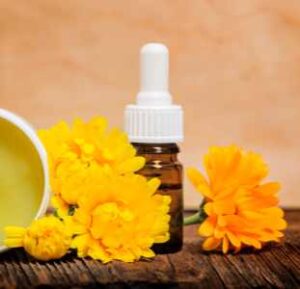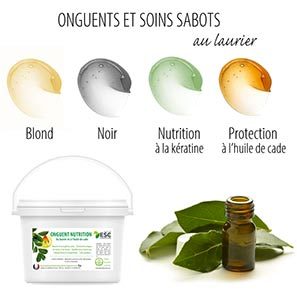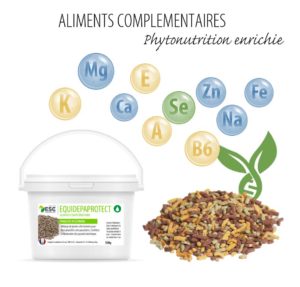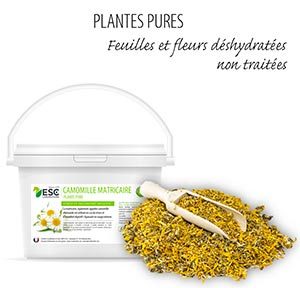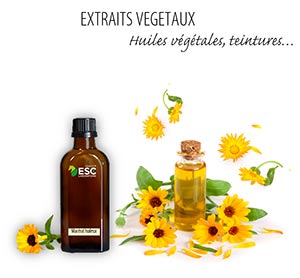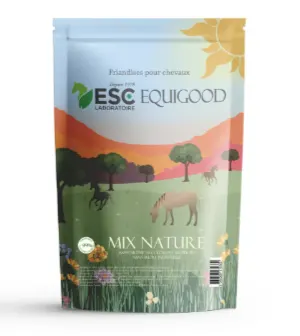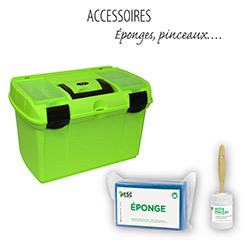Sarcoid in Horses: Definition and Causes
Horsemen often talk about wart to designate a depilated, greyish, flat or relief area and sometimes in flower cabbage on the skin of their horse, it is actually a skin tumour. There are 3 types in the horse: papillomas, sarcoids and melanomas.
The sarcoid is the most common form of skin tumour in horses. Not painful, it is generally benign but may be troublesome or disabled depending on where she is placed on the body. More than 50% of the sarcoids are on the limbs, 32% are on the head and neck, while the rest are preferentially located on the thorax, abdomen, flanks and foreskin. They can be handicapped in areas of friction such as the passage of straps or in sensitive areas (around the eyes, lips...).
There is 5 types Sarcoids differentiated by their location and appearance, the malignant sarcoid being very rare. They can be unique or multiple but usually do not interfere with the horse. When you identify a mass on your horse, it is always important to monitor it well. In fact, besides the aesthetic aspect, if a mass does not grow, it is not worrying. When the latter starts to grow suddenly, it is necessary to call the veterinarian. To make a reliable diagnosis and consider the most effective treatment, the sarcoid will have to check the composition of the sarcoid by performing a puncture or surgically removing it to identify what type of sarcoid it is.
The sarcoids of the horse develop mostly in place of a Old wound, injury, scar or even insect bite. It appears that a genetic factor combined with the presence of bovine papillomavirus favours their appearance. The sarcoid may be contagious if the horse carries the discomfort in question.
Sarcoid Treatment: With plants internally or externally
Treatment of the wart depends largely on its location on the horse's body. It is not uncommon for them to appear near the nose, eyes or shroud, making their treatment delicate. The other factor to consider is the risk of Recidivism, higher or lower depending on the type of sarcoid and the treatment used.
Surgical surgery removes the tumor under local or general anesthesia. The price of the operation is not very high and if it is done early, the removal of the tumor allows to limit recurrences. It is also possible to treat wart with cryotherapy, chemotherapy, electrotherapy, radiotherapy or laser therapy. Your veterinarian is best placed to advise you.
Finally, to help with sarcoid resorption, there are different natural methods and Commodities plants This is the proposed treatment with ESC laboratory. This treatment can be carried out in parallel with the various medicinal treatments mentioned above, but the herbal therapy is also very effective alone for small sarcoids that are not bothersome.
Indeed, in local skin application, you can use our product Wart Hippo, a treatment enriched with selected essential oils to remove warts and sarcoids from equine epidermis by drying them.
- Tea Tree's essential oil contains many monoterpenols, broad-spectrum molecules that neutralize bacteria and fungi
- Geranium essential oil, rich in monoterpenic alcohols, esters and ketones is an oil that fights bacteria and fungi
- The essential oil of thyme, dermocaustic, cleanses the epidermis thanks to the presence of thymol and can be very effective in case of skin problems
In addition, in the management of sarcoids, herbal therapy mainly plays a role in the stimulation of immunity so that the horse can fight cancer cells. Thus, The use of suitable dietary supplements in parallel will support your horse's immune system during treatment.
Use of pure plants or mixtures to reduce sarcoids
Pure plants :
-
LEchinacea or Echinacea angustifolia which is a plant of the asteroid family native to North America. This unique plant is traditionally used to support and stimulate horse immunity.
- Lgarlic, Allium sativum. It is the bulb of this plant which is used in herbal therapy for the allicine it contains. It is a sulphuric substance derived from alliine. The garlic is also very rich in polysaccharides, selenium and vitamins A, B, C and E. It has many properties, including a preventive effect of cancer promotion. It is for this purpose that it is used in the management of a wart. Garlic powder, 15 to 20 grams a day, is used in the horse's ration. Just be careful if the horse has to undergo surgery to remove the sarcoid, as the garlic decreases blood clotting. In case of surgery, therefore, treatment should be discontinued several days before. [1]
- The thyme, Thymus vulgaris, whose aerial parts are used in herbal therapy. They are rich in phenolic, flavonoid and thymol acids. This plant has many properties. In this indication it is used for its potent antioxidant action, through thymol and polymethoxyflavones, as well as for its immunostimulant role. It is used in infusion, 50 grams in one to two liters of water, morning and evening. [1]
Mixing plants :
- Fortimix. It is a unique mixture of 9 plants (MARINE ALGUES – BARDANE – CHARDON-MARIE – CHICOREE – CYNORRHODON – ECHINACE – GAILLET-GRATTERON – GINKGO BILOBA – ORTIE) which contribute to the development of immune defences. Fortimix also participates in the drainage of the organism and the strengthening of the intestinal flora.
[1] Thesis Therapeutic support of the athlete horse by the pharmacist officin in herbal therapy, aromateria and homeopathyby Mathilde Hepp
Note: if you do not want to use pure essential oils on the wart or if the horse is too sensitive, Thuya's mother dye can be applied daily using a compress on the wart.


